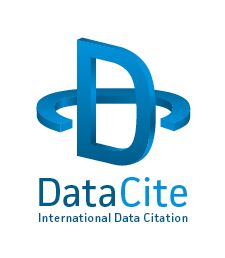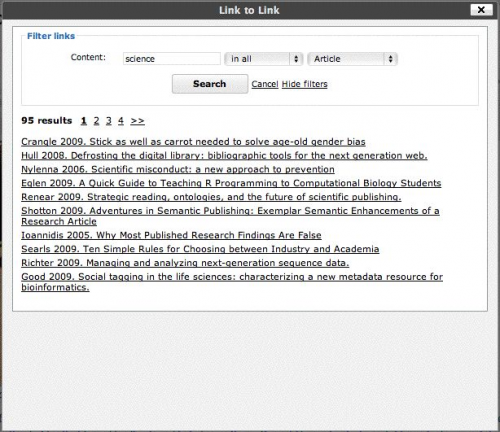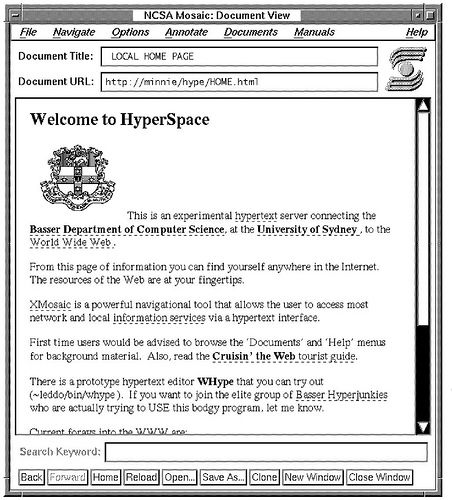
DataCite is an international consortium for data citation. DataCite originally started as a project at the German National Library of Science and Technology (TIB). Since 2005 the TIB was providing digital object identifiers (DOIs) to research datasets. In December 2009 research libraries and technical information centres from 6 countries founded the DataCite initiative.




